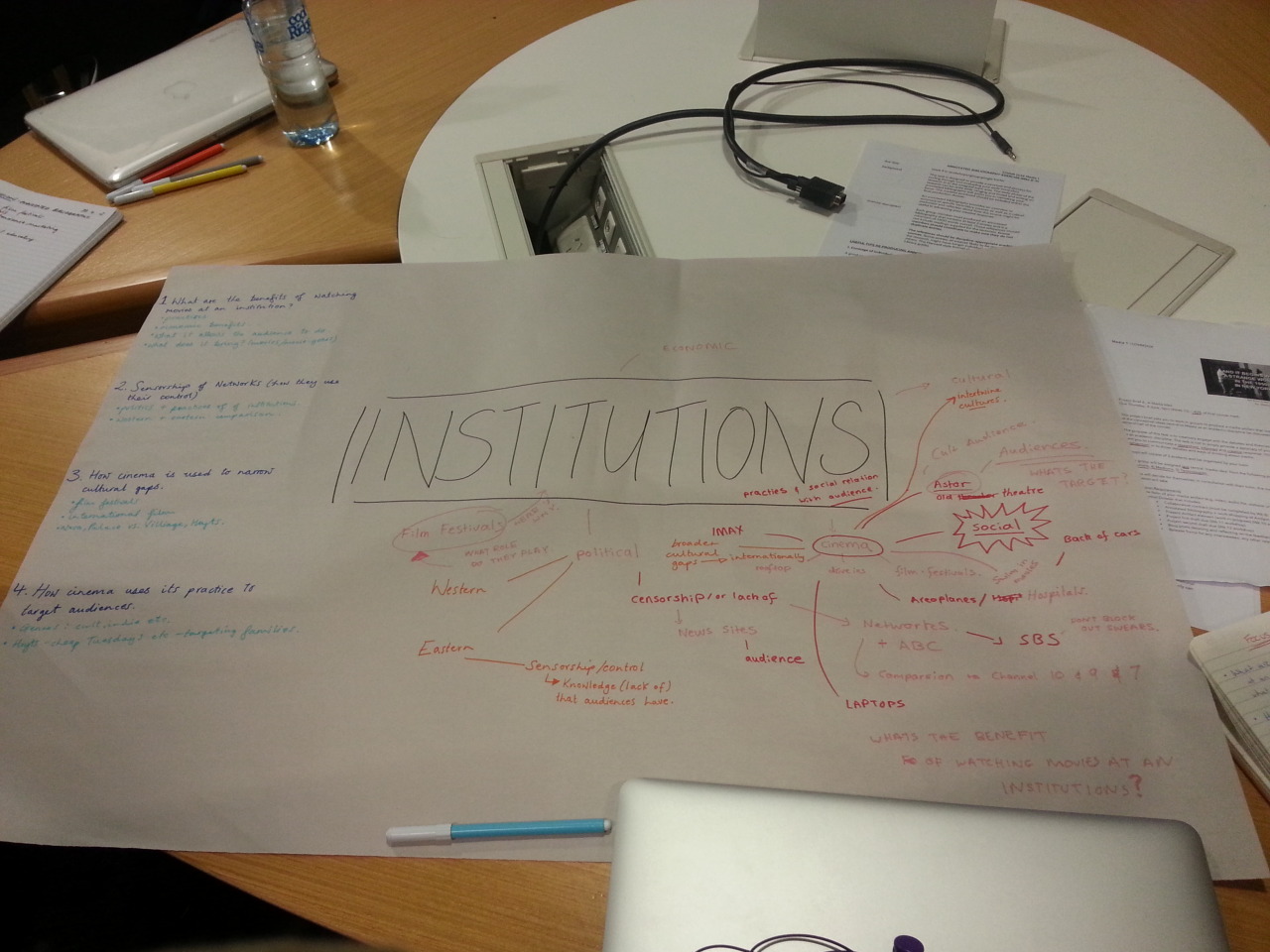Today we were able to present our radio like clip to Dan in our tutorial. He understood the campy direction we wanted to take our research in but suggested we needed to “ham it up” because he wanted to see the whole pig.
To achieve this we have begun revising the script to highlight words or phrases that should be accentuated for comedic value.
We’ve also made note of Dan’s suggestion to use expressions, hand movement and acting because they can be heard even through the recording. A challenge we face however is that to improve sound quality we’ll have to record alone, hopefully we’ll still be able to achieve that intensity and comedic timing by remaining in the room to play off each other, even if only one person is running through their lines.
When addressing sound quality we were also make sure we are not only using individual mics, but proceed to test sound levels and statics to ensure a clear recording. The use of a fuzzy and testing of different recorders has also been suggested.
Overall we’re moving on into our second draft with a clear idea of what we need to fix to improve our artefact.

 Brainstorming done in todays tutorial about institutions. We as a group started with the two institutions that interested us, Cinema and Network TV. We began to list different forms of cinema and tv and connect issues to them under: economical, political, cultural and social brackets. Some of the ideas and issues we came up with are:
Brainstorming done in todays tutorial about institutions. We as a group started with the two institutions that interested us, Cinema and Network TV. We began to list different forms of cinema and tv and connect issues to them under: economical, political, cultural and social brackets. Some of the ideas and issues we came up with are: